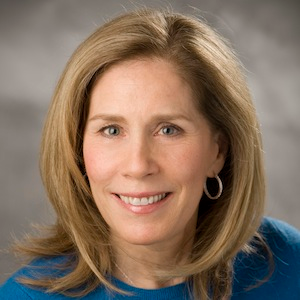Advertisement
You can eat until full and still lose weight. The goal is not to eat until you are stuffed but stop when full. Fiber rich foods help you feel fulland satisfied. Healthy fats like natural nut butters, seeds and nuts, olives and olive oils also help you feel full.Processed low fiber, refined foods do not fill you up and can lead to cycles of over eating.
Scientists who study the body's feeling of fullness (satiety) have shown that foods with high concentrations of calories in each portion increase our body weight and the overall amount of food we eat. The high energy density of foods such as fried onion rings or homemade chocolate chip cookies makes them taste appealing, but they don't create feelings of fullness until you've overeaten.
By contrast, foods with low energy density (vegetables and fruits, nonfat milk, cooked grains, soups, stews and lean protein) have fewer calories, but make us feel more full. They also promote weight loss.
Since most of us eat about the same weight of food every day, it makes a difference whether that food has a high or low energy density. If you combine big portions with high energy density -- such as happens in many fast-food selections -- you're cramming your daily food intake with too many calories.
By contrast, foods with low energy density (vegetables and fruits, nonfat milk, cooked grains, soups, stews and lean protein) have fewer calories, but make us feel more full. They also promote weight loss.
Since most of us eat about the same weight of food every day, it makes a difference whether that food has a high or low energy density. If you combine big portions with high energy density -- such as happens in many fast-food selections -- you're cramming your daily food intake with too many calories.
Continue Learning about Weight Loss Strategies
Important: This content reflects information from various individuals and organizations and may offer alternative or opposing points of view. It should not be used for medical advice, diagnosis or treatment. As always, you should consult with your healthcare provider about your specific health needs.

